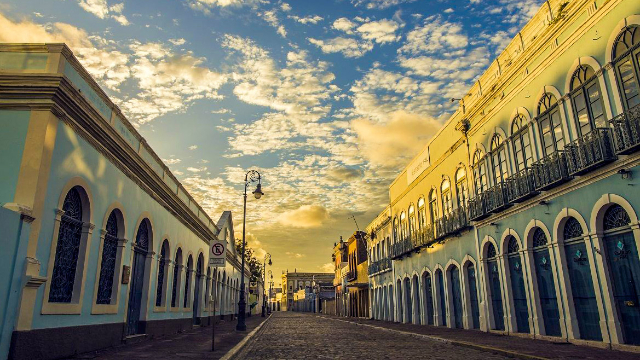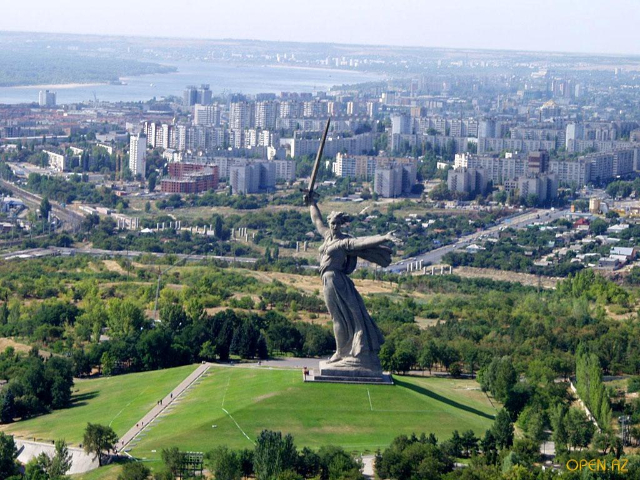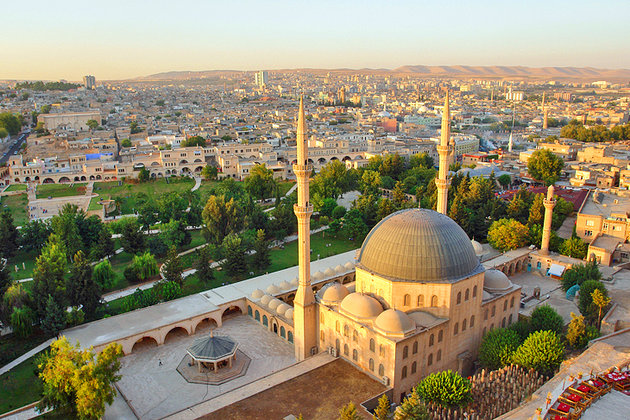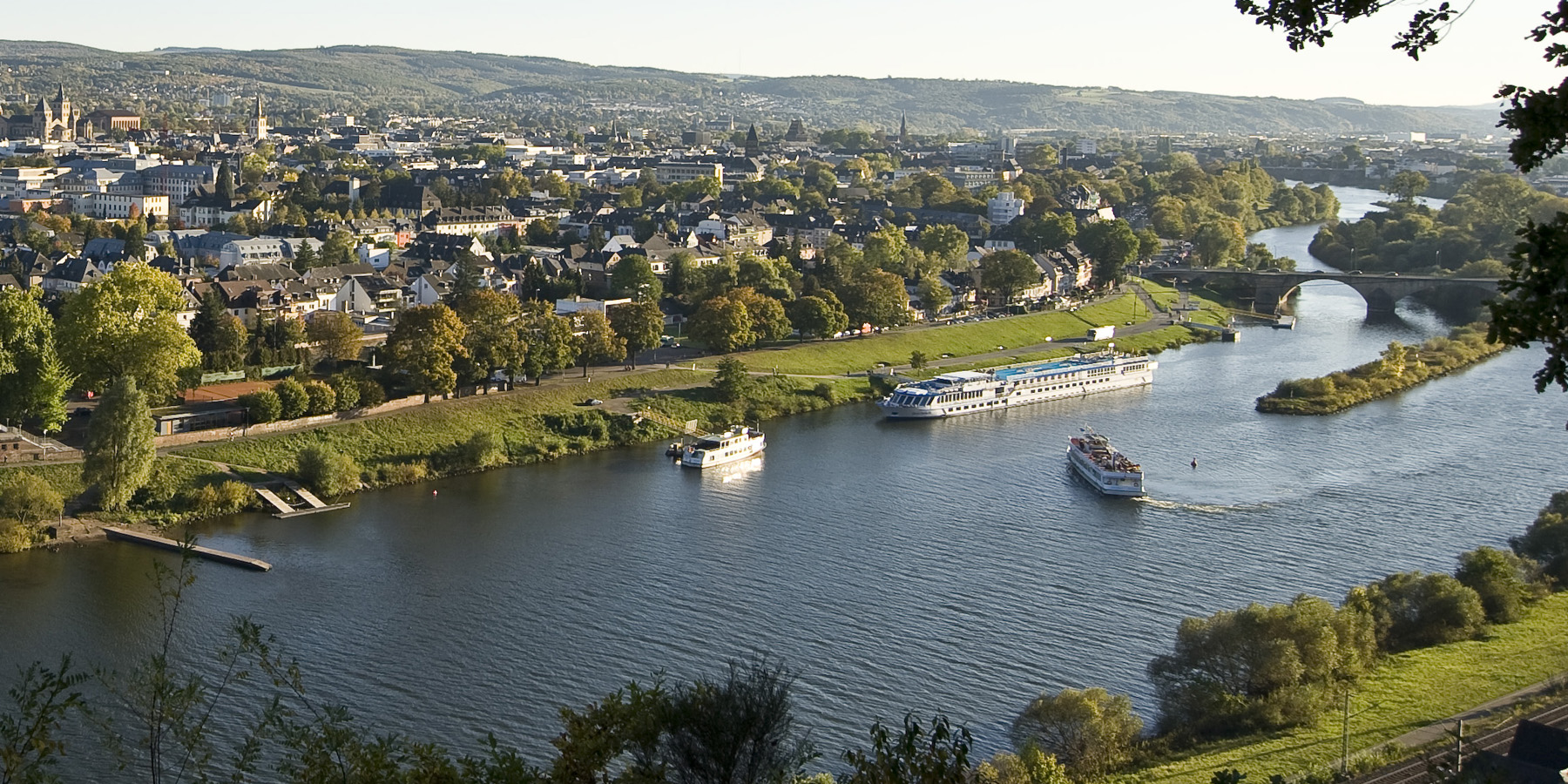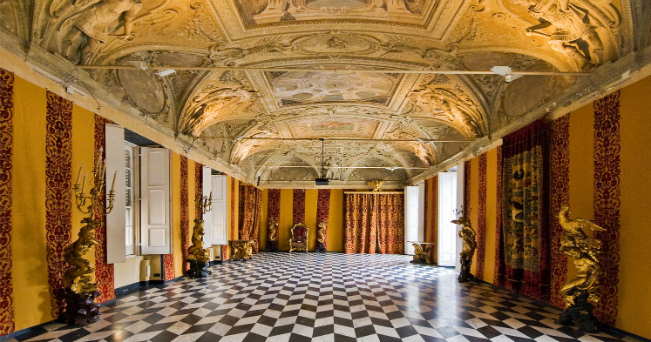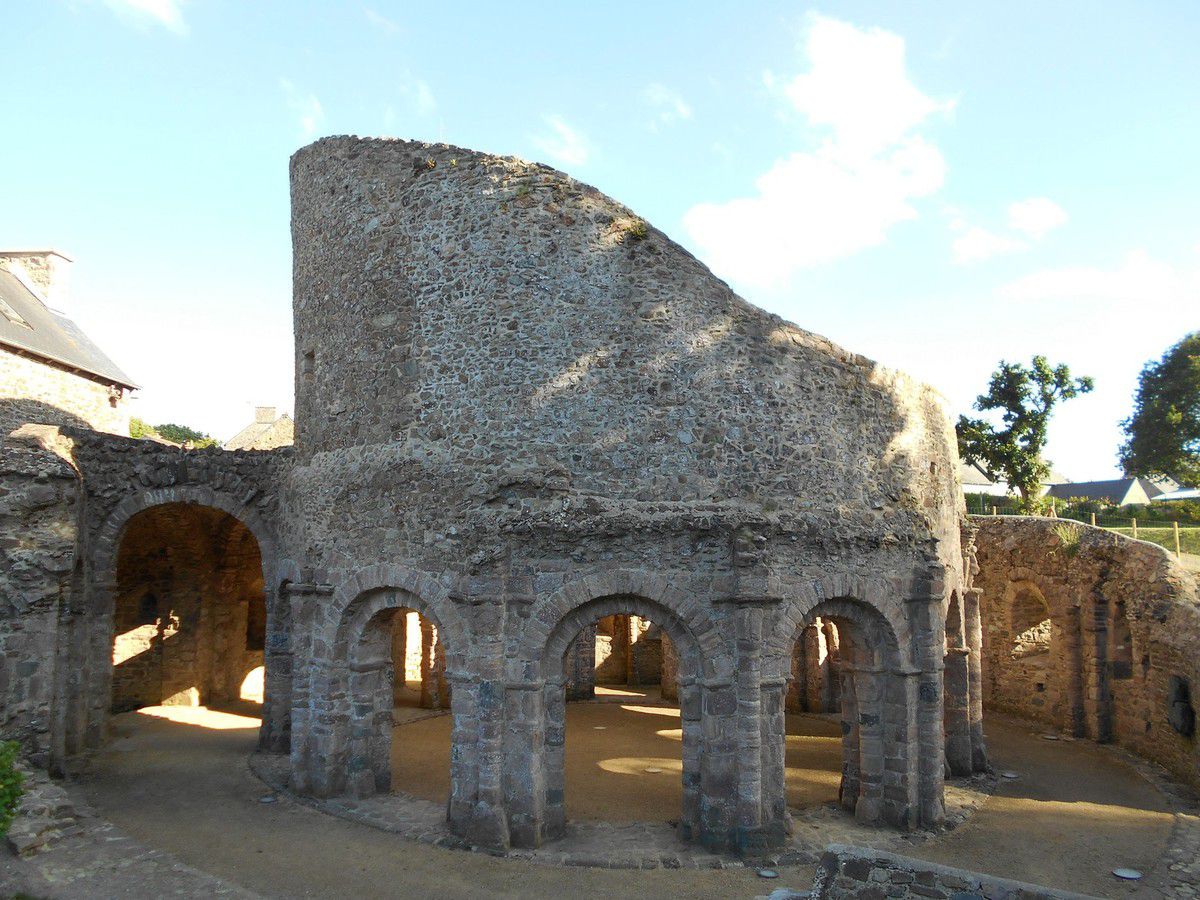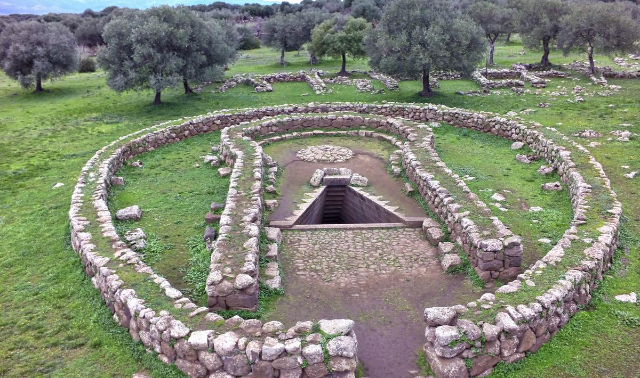The Jaraguá neighborhood is one of the most striking and fascinating places in Maceió, the capital of the state of Alagoas, Brazil. This heritage-listed neighborhood is a true journey through time, tracing the history and evolution of the city.The old suburb of Jaraguá has been the subject of a careful redevelopment project that has brought historic buildings, such as old warehouses and two-story houses, back to life, transforming them into modern, lively locales. The neighborhood has become an important tourist hub of the city, where visitors can find many services and places of refreshment, such as restaurants, bars, and clubs, where they can enjoy typical products.Jaraguá is the very history of Maceió. In this small stretch of the city, between the sea and the historic center, the development of the village began thanks to its port. It all began with a mill owned by Colonel Apolinário Fernandes Padilha, located in Dom Pedro II Square, which soon attracted the attention of fishermen and passing strangers.Gradually, Jaraguá became an important commercial center, occupied by splendid townhouses beginning in the second half of the last century. Among the architectural works worth mentioning is the Church of Our Lady Mother of the People, built by Portuguese Antonio Martins. This church, located in Marechal Deodoro Square, represents one of the oldest places of worship in Maceió and features a beautiful tower-shaped bell tower.Also, in the Jaraguá neighborhood you can admire the bohemian area, the so-called "historic part," in which 19th-century buildings, warehouses, mansions, and vintage stores coexist. This winning and picturesque contamination represents a unique tourist attraction.Jaraguá also offers many opportunities for history and culture enthusiasts. The neighborhood is home to numerous museums, such as the Théo Brandão Museum, which displays objects and artifacts representing Alagoas culture. In addition, important historical monuments are located here, such as the Deodoro Theater, a beautiful neoclassical building that dates back to the late 19th century and is an important cultural landmark for the city.In summary, Maceió’s Jaraguá neighborhood represents a veritable treasure chest of historical, artistic, and cultural treasures. Visitors can enjoy a walk through the neighborhood’s streets, discover its history and admire the beauty of its historic buildings while breathing in the unique atmosphere of this magical place.
